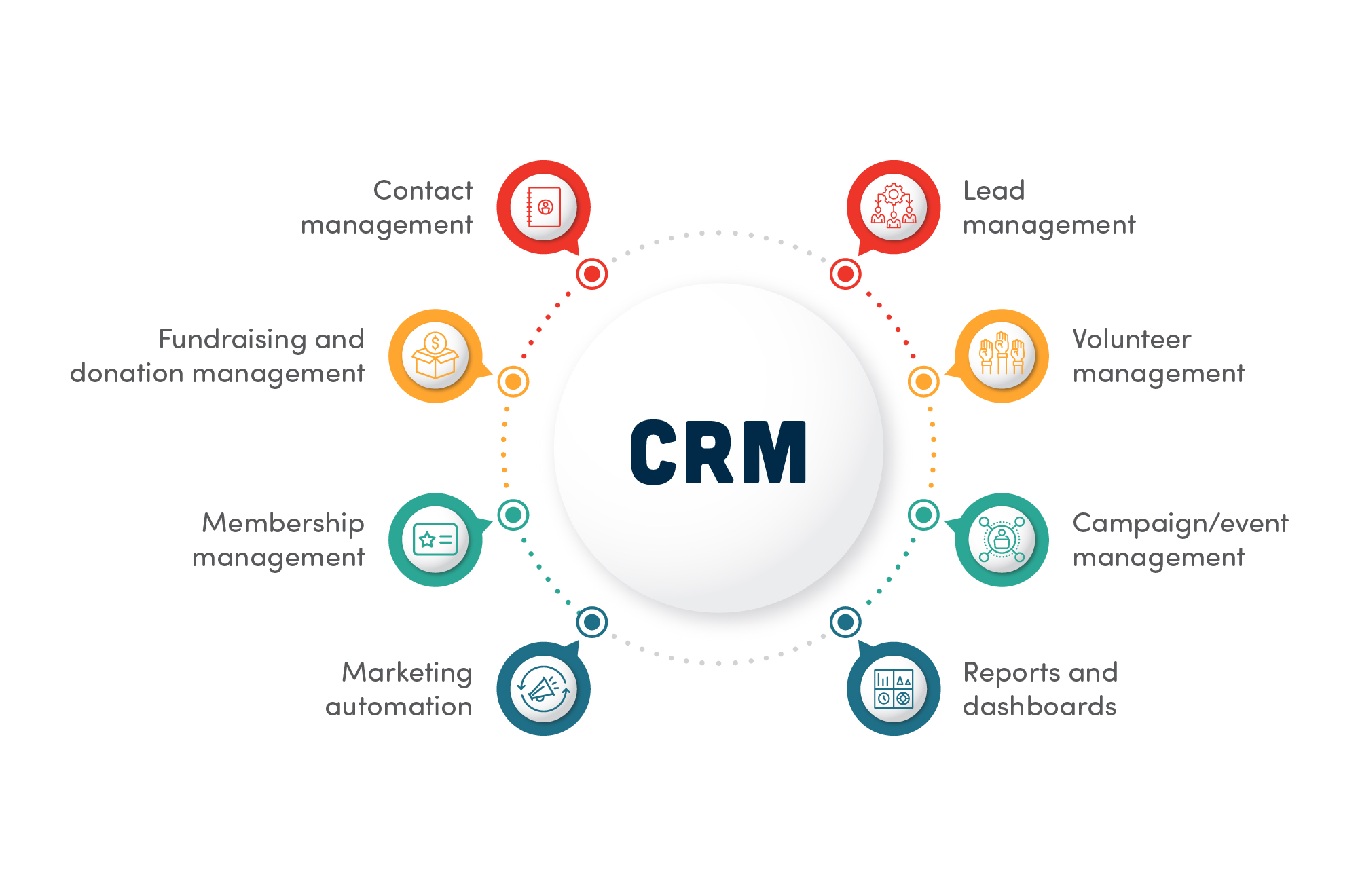Constituent relationship management (CRM) systems are like all-in-one powerhouses for your organization. They serve as invaluable tools for advocacy and membership-based not-for-profits. The ultimate goal is to help you track and manage all the interactions your organization has with its constituents.
If you have a for-profit organization, you probably refer to these people as customers, and you might already use a customer relationship management (CRM) system to keep track of your interactions with them. But, if you’re a not-for-profit organization, especially one focused on advocacy, these people are more commonly known as constituents. They could be your donors, volunteers, members, or a combination of all three. The question is, how well do you really know your constituents? And just imagine how much more effectively your organization could achieve its mission if you truly understood your constituents better.
Key Takeaways
Is a CRM System Necessary?
In the beginning, when your organization has only a handful of constituents, spreadsheets, email, and sticky notes might be sufficient to manage your interactions. However, as your organization grows, you’ll quickly realize that these simple tools have limitations. They hinder your team’s ability to track, analyze, and fully understand your constituents and make informed decisions in a timely manner. That’s where a CRM system comes in – providing a single source of truth that will improve your interactions with constituents and increase your organization’s overall impact.
Centralized Data Source
If your team members are still manually entering data to generate reports, they’re spending less time on what really matters. A CRM system keeps all your constituent data in one easily accessible place, making real-time reporting and accurate analysis a breeze.
Tracking Communications
When your constituents interact with multiple people in your organization, it’s easy to lose track of the communication history. Important messages can get lost or go unpassed to the right person. With a CRM system, you can have a complete history of all interactions with each constituent, showing who said what and when.
Smarter Marketing Campaigns
If you’re running various campaigns and want to engage your constituents, a CRM system can be a game-changer. It can help you send targeted newsletters or even execute more sophisticated segmented marketing campaigns. Look for a CRM that integrates with a marketing tool, so all your data is stored in one place.
Streamlining Multiple Systems
If you find yourself juggling multiple systems to stay in touch with constituents, such as email, live chat, and phone, you’re wasting valuable time switching between platforms and manually recording notes from each touchpoint. A comprehensive CRM system can perform the functions of several of your current systems, streamlining your records and reducing duplication.
Improving Productivity
Are you tired of monotonous manual tasks? A CRM system can automate many of these repetitive tasks, freeing up time and greatly improving productivity. Examples include sending automated follow-up emails after donations, renewal reminders to members, thank-you emails to event participants, and distributing lists of available opportunities to volunteers.
Common CRM Features and Functionalities

- Contact Management: Store, organize, and track information about your constituents, including donors, volunteers, event participants, and members.
- Lead Management: Capture, track, and manage prospective supporters, such as online users who want to know more about your organization’s services.
- Fundraising and Donation Management: Organize and manage fundraising and donation activities, including online and offline drives, events, bequest management, one-off and regular donations, peer-to-peer fundraising, and more.
- Volunteer Management: Simplify volunteer recruitment, assessment of skills and qualifications, scheduling, tracking of events and shifts, and analysis of volunteer contributions.
- Membership Management: Facilitate multiple membership levels, streamline the membership approval process, automate renewal reminders, process payments, and manage voting rights.
- Campaign/Event Management: Plan, manage, and track events and campaigns. Utilize marketing options such as direct mail programs, seminars, print advertisements, and email campaigns.
- Marketing Automation: Target constituents with automated marketing messages across email, web, social media, and text. Set up workflows that automatically send messages based on predefined instructions or templates.
- Reports and Dashboards: Analyze and summarize raw data, generating actionable insights.
Read Next
- How to choose a new information system
- Six Minute Dates: Finding the perfect CRM for your not-for-profit organization
- What is a client/case management system (CMS)?
